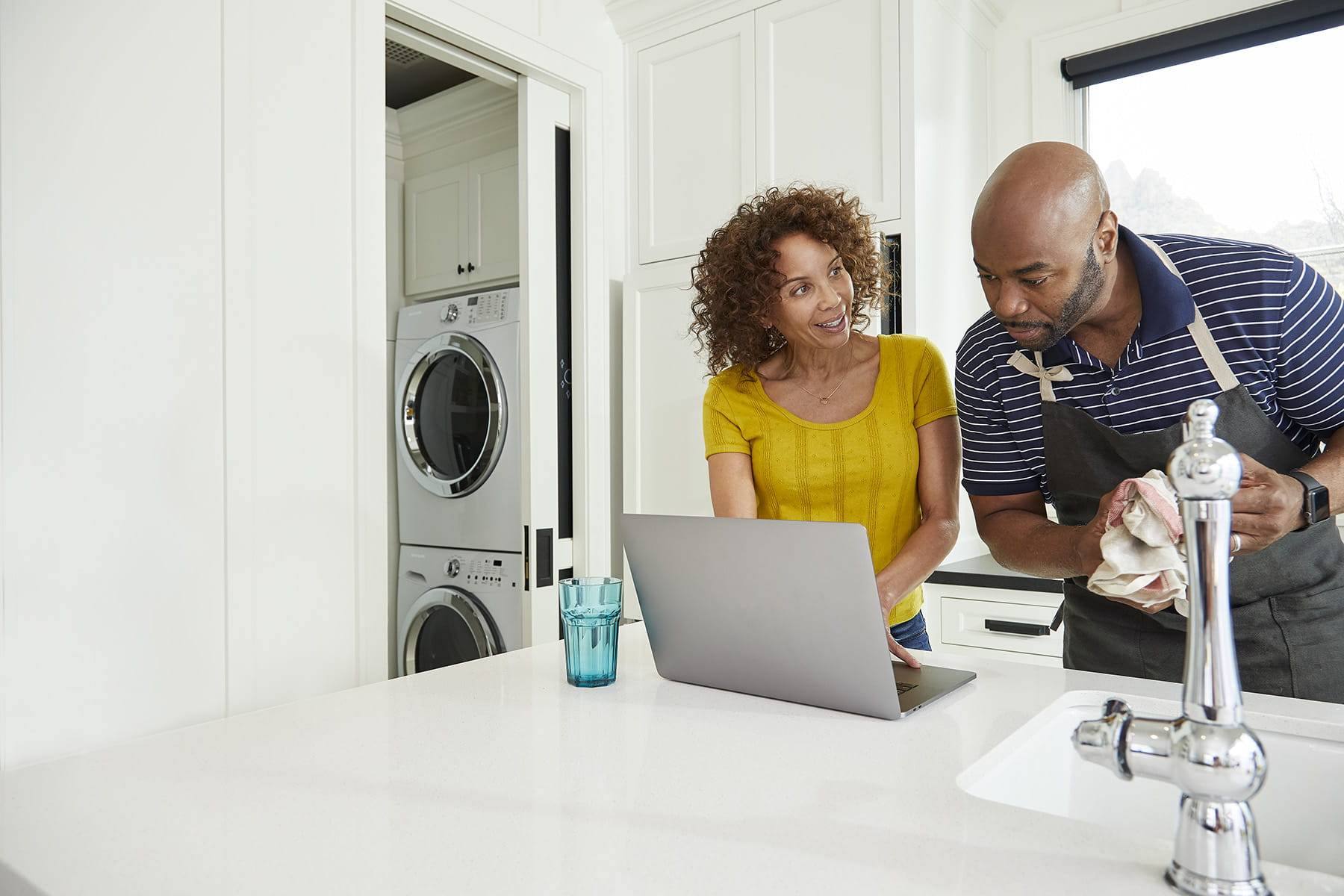Hay una sensación especial de satisfacción en el dolor posterior al entrenamiento. Cuando la suave quemadura te sigue a casa, se siente como un trabajo bien hecho. Irónicamente, deshacerse del dolor se siente aún mejor. Con las herramientas y los métodos adecuados, podrá moverse un poco más fácilmente durante sus días de descanso.
Holly Beach , MD, es especialista en medicina deportiva de atención primario, primordial en Banner – Clínica Ortopédica de Medicina Universitaria en Tucson, Arizona. Le preguntamos sobre algunas de las herramientas más populares que usan los atletas para relajarse y recuperarse después de un duro día de ejercicio.
¿Por qué estoy tan dolorido?
El Dr. Beach comenzó con un poco de orientación para los atletas de toda la vida y para cualquiera que recién esté comenzando. “Un poco de dolor está bien. Pero la mejor manera de reducir, disminuir el dolor muscular es iniciar un nuevo programa de ejercicios y aumentar gradualmente la intensidad y la duración. Necesitas darle tiempo a tus músculos para que se adapten”. Si se encuentra cojeando el día después de un entrenamiento o tiene dificultades para continuar con su día normal, tómelo como una señal de que está haciendo demasiado . Espere hasta que ya no esté adolorido y relájese en su próximo entrenamiento.
¿Qué herramientas para el hogar son las mejores?
Cuando está realmente adolorido, busca alivio dondequiera que pueda encontrarlo. Pero es posible hacer demasiado y usar las herramientas incorrectamente puede causar daños . El Dr. Beach ofreció consejos sobre algunos de los métodos y herramientas más populares.
Rodillo de espuma
Es un clásico por una razón. El uso adecuado de un rodillo de espuma puede tratar el dolor en los músculos y tejidos conectivos. Estas son una solución popular para el dolor de espalda y dolor de piernas. Los corredores usan rodillos de espuma todo el tiempo para disminuir los síntomas de estrés en la banda iliotibial (IT) .
Theragun y otras herramientas de masaje de percusión
Si el rodillo de espuma es el clásico, Theragun es el novato. Estas herramientas han llegado a la escena con respaldos llamativos y afirmaciones descabelladas. El Dr. Beach advirtió que "la terapia de percusión puede ser útil para masajear los músculos, pero también puede provocar más lesiones si se usa con demasiada frecuencia o en el contexto de una lesión más grave". Como cualquier máquina, es fácil pasarse de la raya y Theragun no es diferente. Úselo con moderación y deténgase si le duele.
Bolas de masaje
Las pequeñas bolas de masaje son una opción popular para los corredores con dolor en las plantas de los pies y también se pueden usar para otras áreas de difícil acceso. El Dr. Beach también mencionó las bolas de masaje de metal que se pueden congelar como una excelente manera de tratar la inflamación al mismo tiempo. Tenga cuidado de no poner demasiado peso sobre las bolas de masaje, sin importar el material.
Palos de masaje
Estos vienen en todas las formas y tamaños. A menudo, tienen la forma de un bastón grande, con puntas redondeadas que se pueden usar para llegar a los músculos de la espalda y los hombros. Otras variaciones son rectas, con rodillos que se pueden usar en las piernas.
Hielo , masaje y movimiento
Esto no es específico de una herramienta en particular, pero el Dr. Beach sostuvo que este método tiene la mejor evidencia, prueba. Cuando se sienta adolorido, comience por enfriar el área , luego aplique el método de masaje que más le guste y continúe con el ejercicio/movimiento ligero según lo tolere. El dolor saludable no debe durar más de unos pocos días.
Por supuesto, algunos métodos populares pueden ser peligrosos. El Dr. Beach advirtió que masajear los sillones reclinables y otras máquinas similares puede provocar lesiones debido a un masaje excesivo e inexacto. También explicó que los estimuladores musculares caseros (TENS o stim) solo deben usarse con el permiso de su médico, doctor y después de recibir las instrucciones adecuadas.
Si está introduciendo nuevas rutinas de ejercicio y no puede escapar de su dolor, hable con un doctor, médico para asegurarse de que está trabajando dentro de los límites actuales de su estado físico. Diversificar su entrenamiento es una gran idea, pero su cuerpo puede estar diciendo algo si está demasiado fatigado o dolorido .
Lea más artículos sobre fitness, ejercicio y recuperación con información útil de expertos como el Dr. Beach.
- 6 consejos para cambiar tu forma de pensar sobre el ejercicio para siempre
- Cómo hacer bien los días de descanso del entrenamiento
- ¿Estás listo para volver a los deportes?


